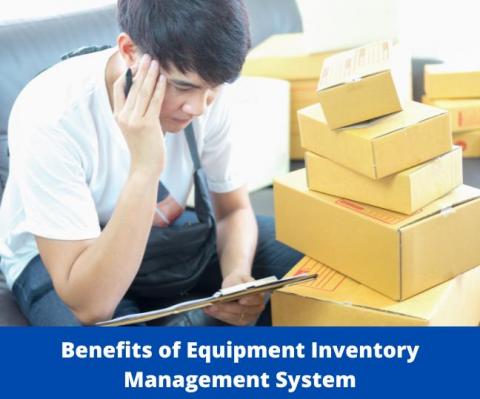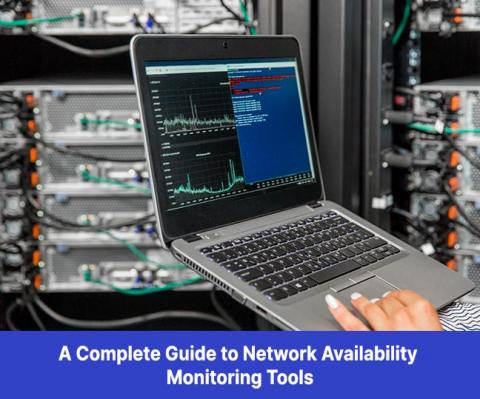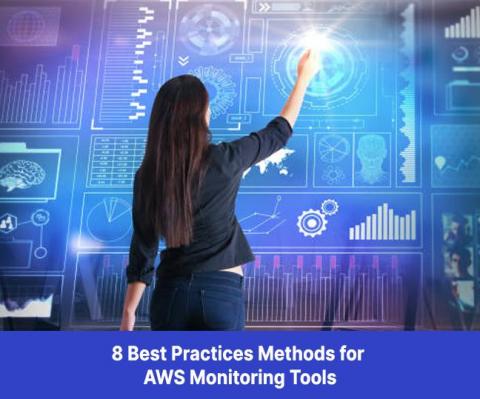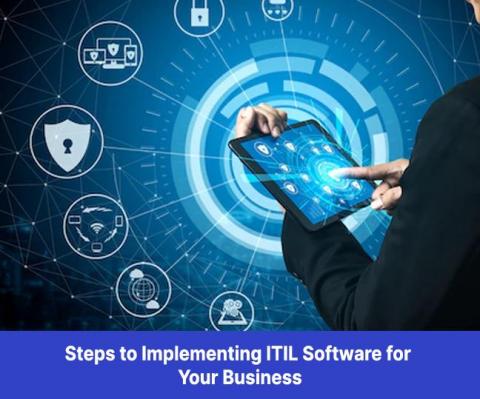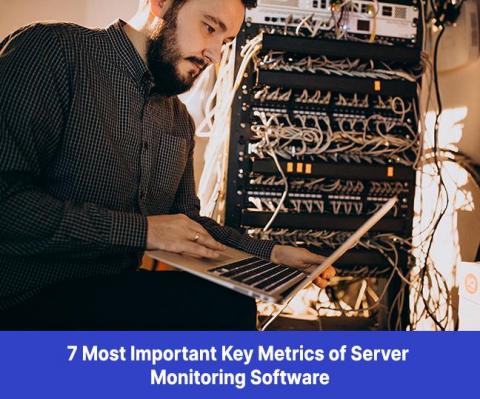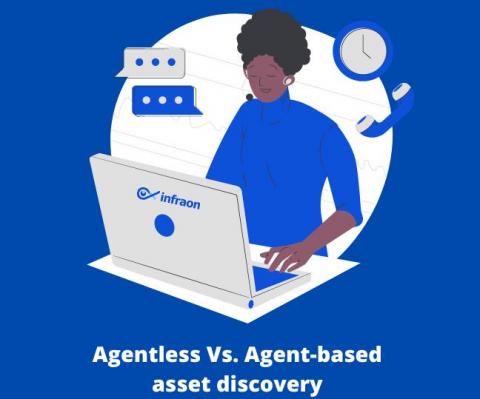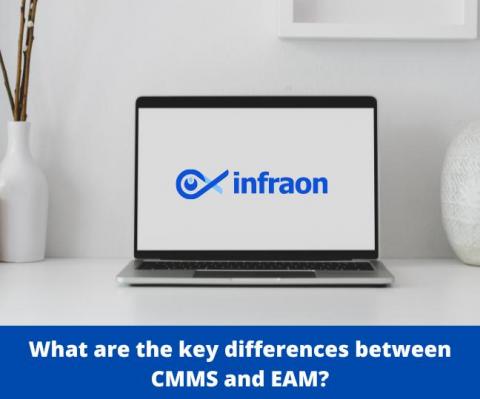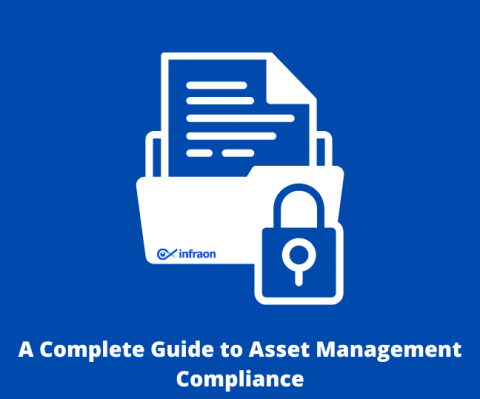Benefits of Equipment Inventory Management Systems in 2023
Without equipment, you cannot finish the task swiftly. Equipment is the foundation of organizations. Because they are assets that are important to businesses, equipment management is also crucial. Equipment inventory management is the most important aspect of an organization because the equipment needs inventory when it is sent for repair because parts are changed or replaced.


